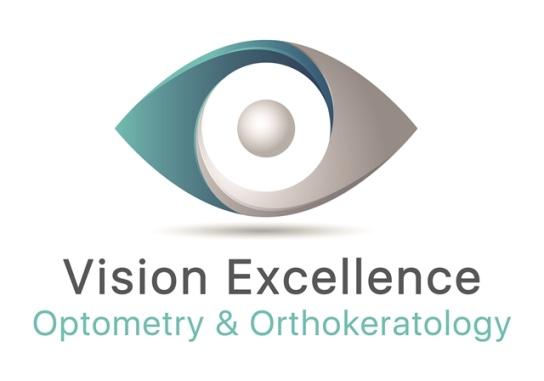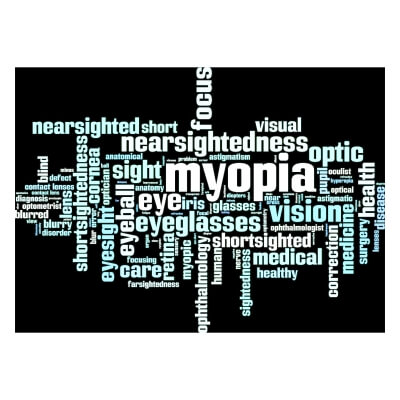The contact lens design for when no other contact lens will work.
The three most important aspects to consider when our patients are fitted with contact lenses are:
- Lens wear is safe and healthy for the eyes
- Comfort is maintained throughout wear
- Clarity of vision meets the needs of the wearer
Most people who wear contact lenses can achieve these three attributes with soft disposable or rigid gas permeable (RGP) lenses. However, for many people, conventional lenses fail to deliver on one or more of these required aspects of contact lens wear. This is especially true for those who need stronger vision correction including astigmatism, those with medical conditions such as keratoconus and dry eye syndrome, or those who have had injuries or surgery to the front of the eye.
So how do scleral lenses work for these people who are often put in the too-hard basket when it comes to contact lens fitting?
To understand this, consider how conventional lenses work:
- Soft contact lenses are slightly bigger than the cornea. They wrap around the cornea and correct the vision via the shape of the lens. These can perform badly if dryness is an issue, if the shape of the cornea is not regular or if the amount of correction needed falls outside of a “standard” range.
- RGP lenses are smaller than the cornea so the edges of the lens move across the cornea with each blink. This can cause discomfort, redness, excessive tearing and in some cases can easily become dislodged or fall out of the eye.
Scleral lenses work in a very different way to conventional contact lenses. They have quite different requirements in fitting, customisation of design and method of care, insertion and removal. If fitted correctly, scleral lenses can provide almost all people with healthy, comfortable and clear vision.
This is achieved by designing lenses to fit onto the white part of the front of the eye, just outside the edges of the cornea. This part of the eye is called the sclera. The eye must be measured very precisely so that the perfect lens design doesn’t touch the cornea at all! A well-fitted lens is filled with fresh saline and placed in contact (while face-down) with the less-sensitive white of the eye. The cornea (the most sensitive part of the eye) feels just like there is no lens there and is covered by a normal layer of tears.
There are many reasons that scleral lenses are preferred by people who have given up on conventional lenses:
- Dryness is almost never an issue
- Vision is usually stable for the duration of wear
- The lenses will not fall out
- Very high prescriptions can be corrected by sclerals including extreme short-sightedness (myopia), long-sightedness (hypermetropia) and astigmatism
- The lenses are much more comfortable than RGPs
- Almost all people with keratoconus, very irregular corneas or those who have had a corneal graft can be fitted with scleral lenses.
More extensive measurement and fitting for scleral lenses is needed than for conventional contact lenses, and more sophisticated instrumentation is required. Vision Excellence will always endeavour to invest in the latest and most up-to-date technology to achieve the best care we can provide. A few visits to our practice will be required so that we can achieve the most accurate fitting lenses. Once you have made the investment in scleral lenses, regular aftercare visits are included in our service to keep your eyes healthy, comfortable and seeing the best that you can.



